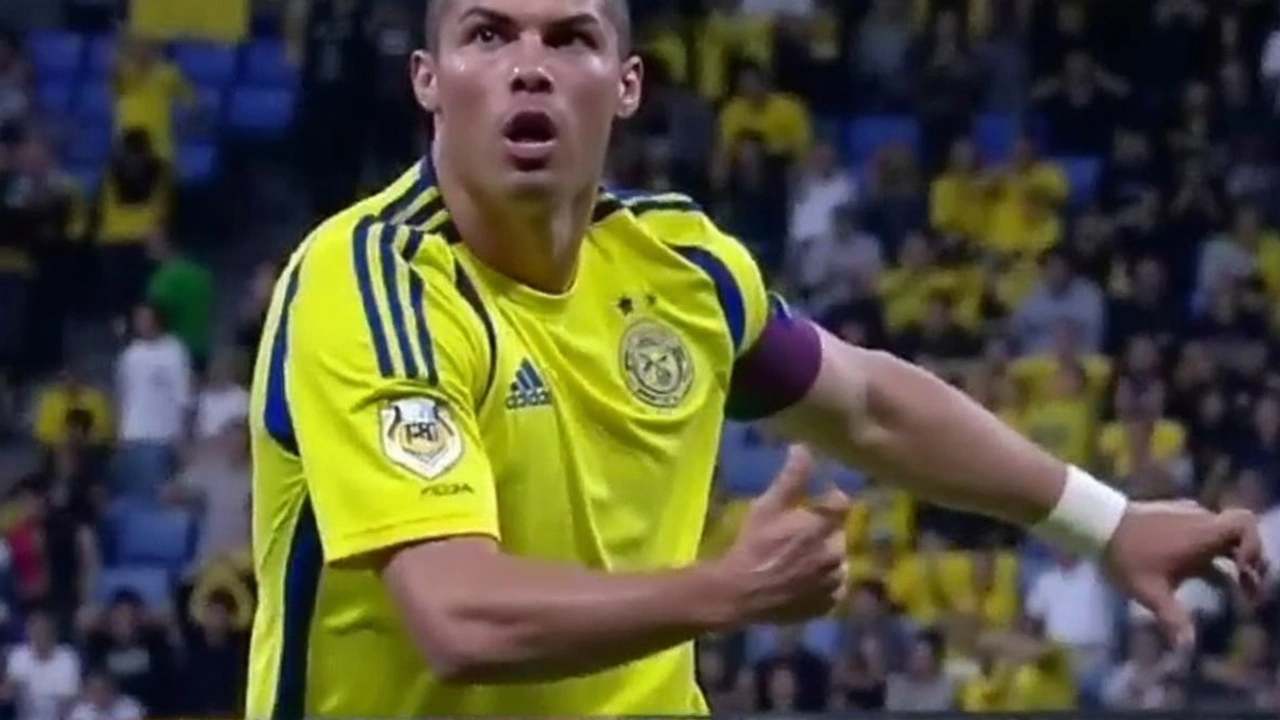Pioli Substitution: How It Shapes the Game
If you're following AC Milan or Serie A, you've probably noticed Stefano Pioli’s substitutions during matches. Substitutions are more than just swapping players—they’re strategic moves that can change momentum and results.
Pioli’s knack for substitutions often reflects his match reading skills. He usually waits to spot weaknesses or signs of fatigue in players, then brings in fresh legs or a tactical shift. For example, when key midfielders like Hakan Calhanoglu are injured, Pioli adjusts by introducing players like Petar Sucic to fill creative roles and keep the team balanced.
Timing and Tactical Switches
One thing about Pioli’s substitutions is timing. He doesn’t rush; instead, he often waits until the second half. That way, he can see how the game unfolds and make informed decisions. Sometimes he opts for a defensive substitution to hold a lead or an attacking one to chase a goal. His choices show understanding of the game phase and opponent’s weaknesses.
Pioli also makes substitutions based on the opponent. Against tough teams, he may reinforce defense or midfield to control the game better. Against weaker opposition, fresh attackers might come on to increase pressure and score more goals.
Impact on Players and Results
Substitutions under Pioli not only impact the tactics but also how players perform. Newcomers or bench players get valuable minutes to prove themselves. For instance, Pioli gave new signing Petar Sucic an opportunity to shine, which boosts squad depth and morale.
Throughout the season, his substitutions have helped turn matches around or secure wins, proving how crucial this coaching element is. Watching how a coach like Pioli handles substitutions offers a glimpse into the smart and flexible football coaching needed at the top level.
Pioli Defends Ronaldo Substitution Amid Growing Fan Discontent in Al-Nassr Defeat
Stefano Pioli's decision to substitute Cristiano Ronaldo in Al-Nassr's 3-2 win over Al-Ahli drew fan criticism and visible frustration from the football star. While Pioli cited tactical reasons, fans expressed their anger on social media, highlighting ongoing tensions regarding Ronaldo's playing time under the manager.

